| |
CNS Monitoring of cART Interruption in Individuals
Treated during Fiebig I Acute HIV
|
| |
| |
Reported by Jules Levin
CROI 2017 Feb 13-16 Seattle
P Chan, D Colby, V Valcour, N Sailasuta, S Krebs, L Jagodzinski, R Paul, J Ananworanich, S Spudich!
on behalf of the RV411 and RV254/SEARCH 010 study groups!
SEARCH, The Thai Red Cross AIDS Research Centre, Bangkok, Thailand; University of California, San Francisco; University of Hawaii, Honolulu, USA; U.S. Military HIV Research Program, Walter Reed Army
InsItute of Research, MD, USA; Henry M. Jackson FoundaIon for the Advancement of Military Medicine, MD, USA; University of Missouri, St. Louis, USA; Yale University, New Haven, CT, USA.
---------------------------
INTERRUPTIONS IN CHRONIC HIV
ART Interruption Associated with HIV in the Brain: "Reseeding CNS during ART Interruption Leading to Intrathecal Immune Activation" - "HIV-1 Viral Escape in Cerebrospinal Fluid of Subjects on Suppressive Antiretroviral Treatment" - (09/18/17)- COMMENTARY by David Clifford (JID 2010): Finding that interruption of therapy or even "blips" in HIV replication may augment the risk of CSF viral escape adds one more argument for the emerging consensus that continuous therapy with modern antiretroviral drugs is superior to drugs-paring approaches, including delaying therapy or intermittent therapy.
Cure Studies/ART Interruption & Brain Affects, Vorinostat - (10/13/17) - Paired blood and CSF samples were collected longitudinally from 14 chronically HIV-infected individuals undergoing ART interruption.Most of our participants (nine out of 14) presented a compartmentalized HIV RNA rebound within the CNS after ART interruption (conservatively based on 4 different tests), even when sampled a few days after viral rebound. "......nine participants presented a compartmentalized HIV RNA rebound within the CSF after interruption of ART, even when sampled within 2 weeks from viral rebound......our study suggests that the HIV RNA population often rebounds independently within the CSF and that the HIV DNA reservoirs in anatomic compartments might present additional obstacles to eradication and need to be actively targeted to achieve a complete cure. Our data suggest that failing to perform lumbar punctures during structured ART interruption in the setting of cure trials might overlook important events emanating from the CNS, which could be contributing to overall rebound. Future prospective studies with more frequent sampling should determine if the virus originated within the CNS meaningfully contributes to reconstituting the HIV RNA population in blood......The most likely source of compartmentalized HIV RNA is a CNS reservoir that would need to be targeted to achieve complete HIV eradication.
Using a conservative definition of compartmentalization based on four distinct statistical tests, nine participants presented a compartmentalized HIV RNA rebound within the CSF after interruption of ART, even when sampled within 2 weeks from viral rebound. The degree and duration of viral compartmentalization varied considerably between subjects and between time-points within a subject. In 10 cases, we identified viral populations within the CSF supernatant at the first sampled time-point after ART interruption, which were phylogenetically distinct from those present in the paired blood plasma and mostly persisted over time (when longitudinal time-points were available). Our data suggest that an independent source of HIV RNA contributes to viral rebound within the CSF after treatment interruption. The most likely source of compartmentalized HIV RNA is a CNS reservoir that would need to be targeted to achieve complete HIV eradication. Rebounding virus might originate from a variety of sources: the DNA compartment in blood, namely peripheral blood mononuclear cells (PBMC), RNA or DNA compartments in lymphoid tissues, and possibly other anatomical compartments that harbor replication-competent HIV-infected cells or viral particles (Lewin et al. 2011; Gray et al. 2014; Margolis, 2014).
---------------------------------------
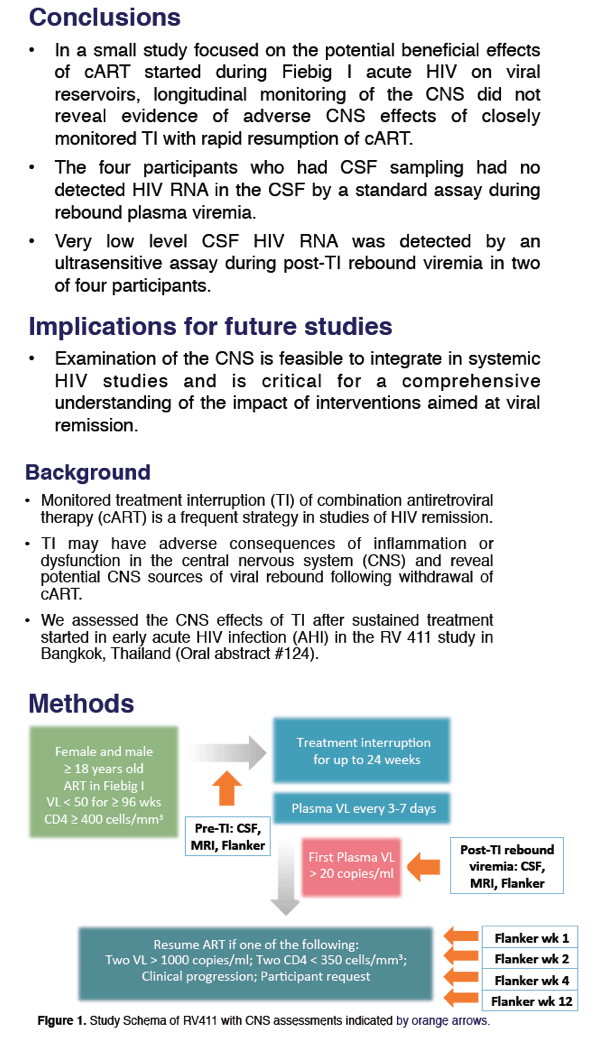
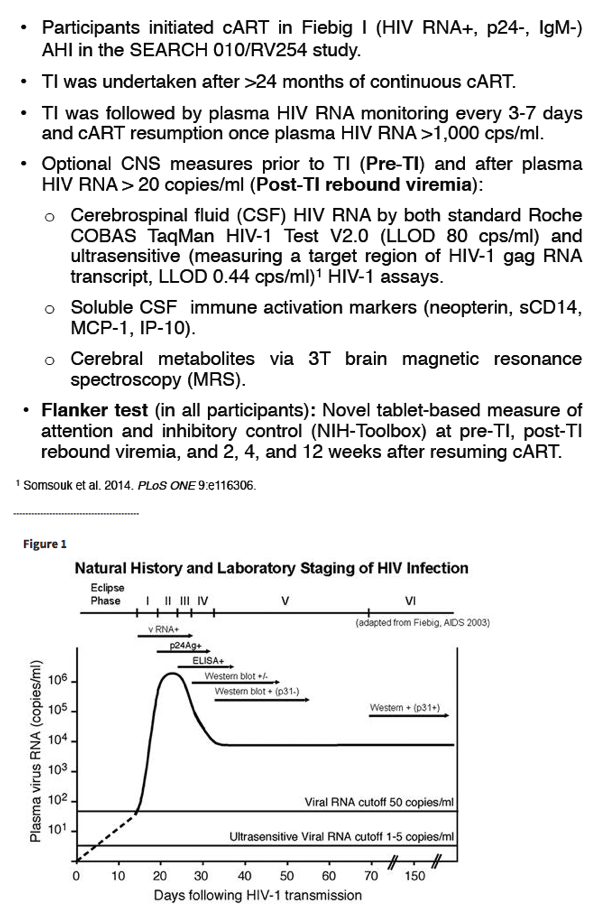
------------------------------------------
HIV RNA Rebound Post-Interruption in Persons Suppressed in Fiebig I Acute HIV - (02/18/17)
http://www.natap.org/2017/CROI/croi_51.htm
----------------------------
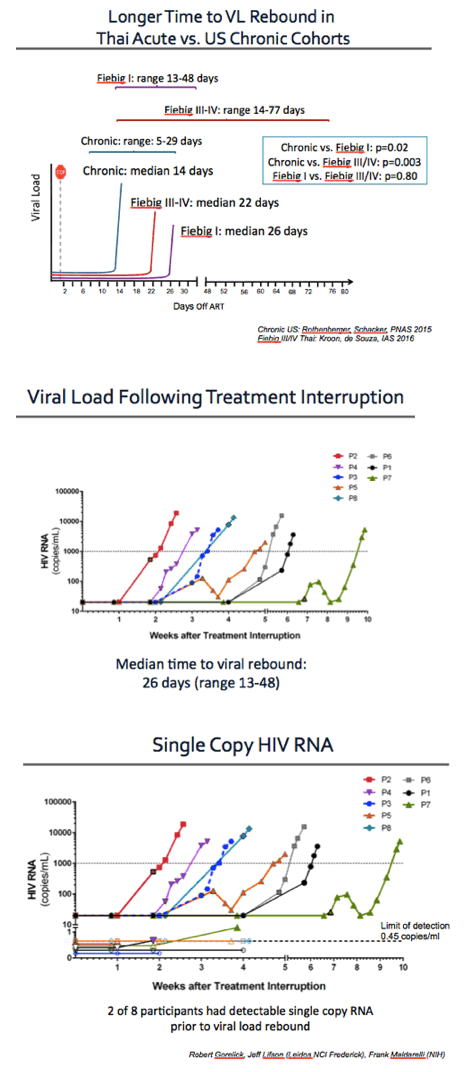
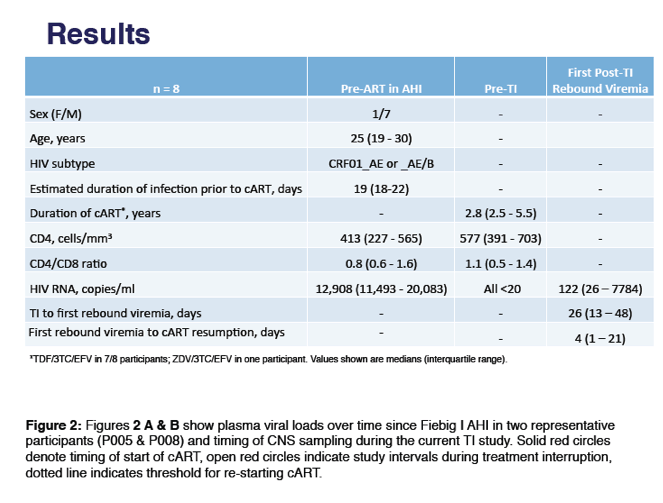
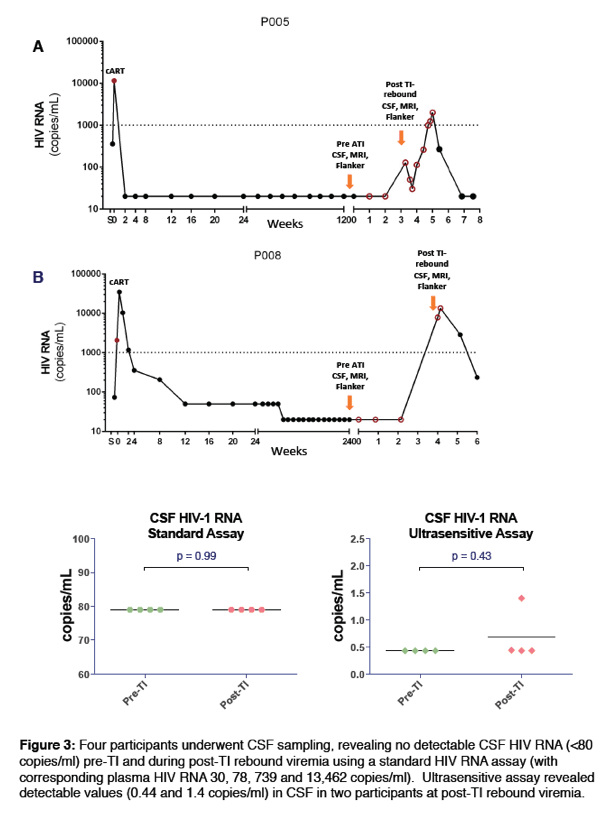
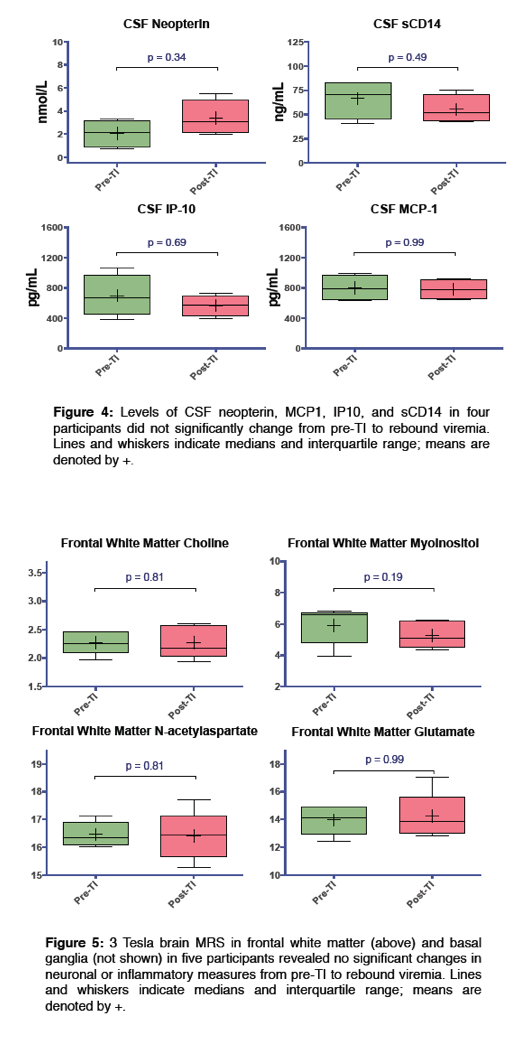
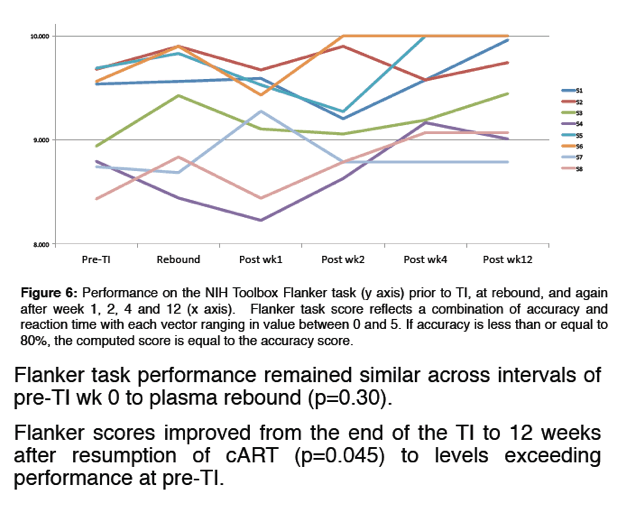
|
|
| |
| |
|
|
|